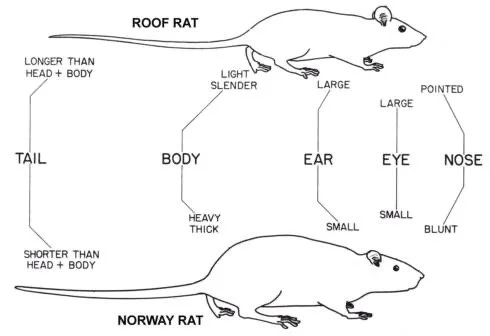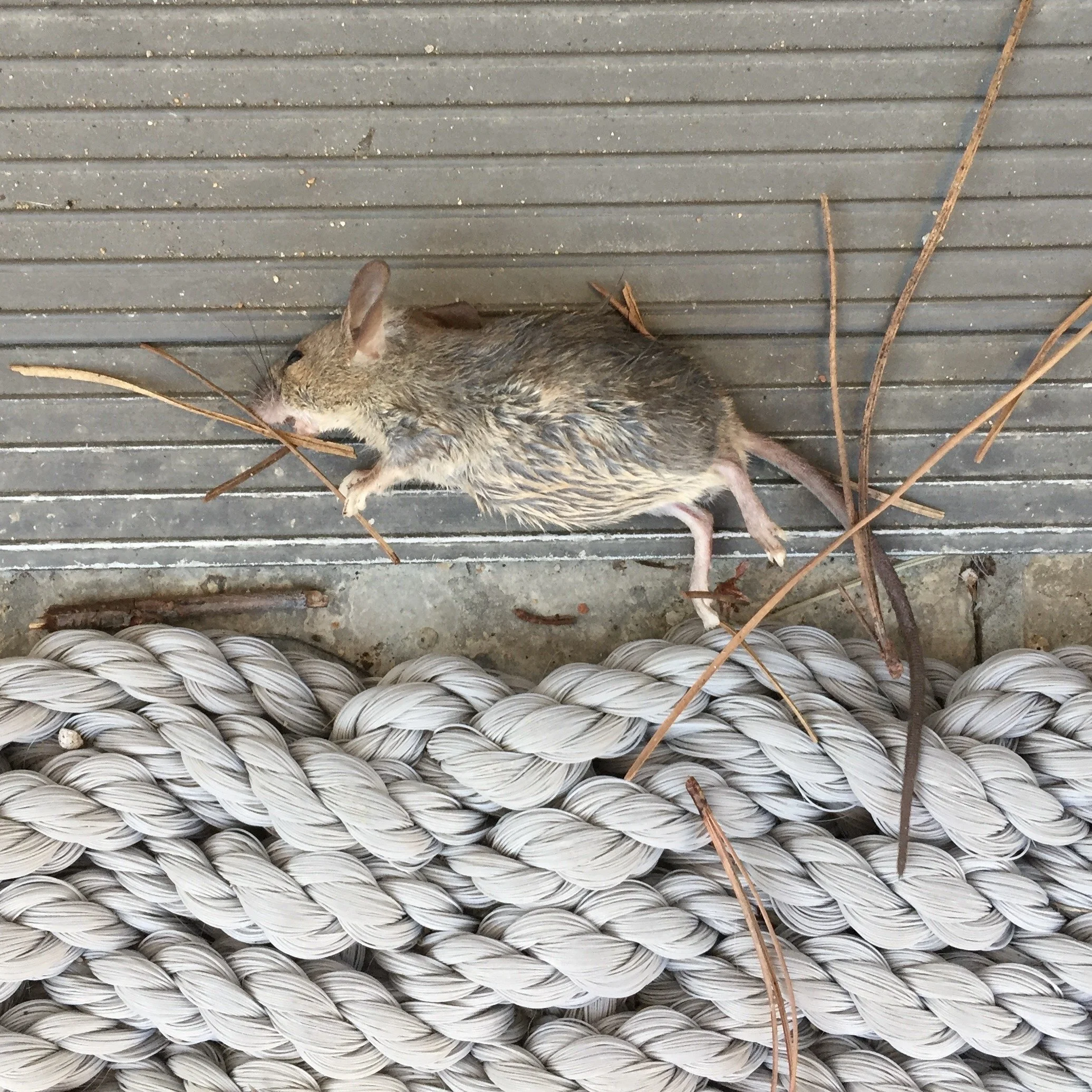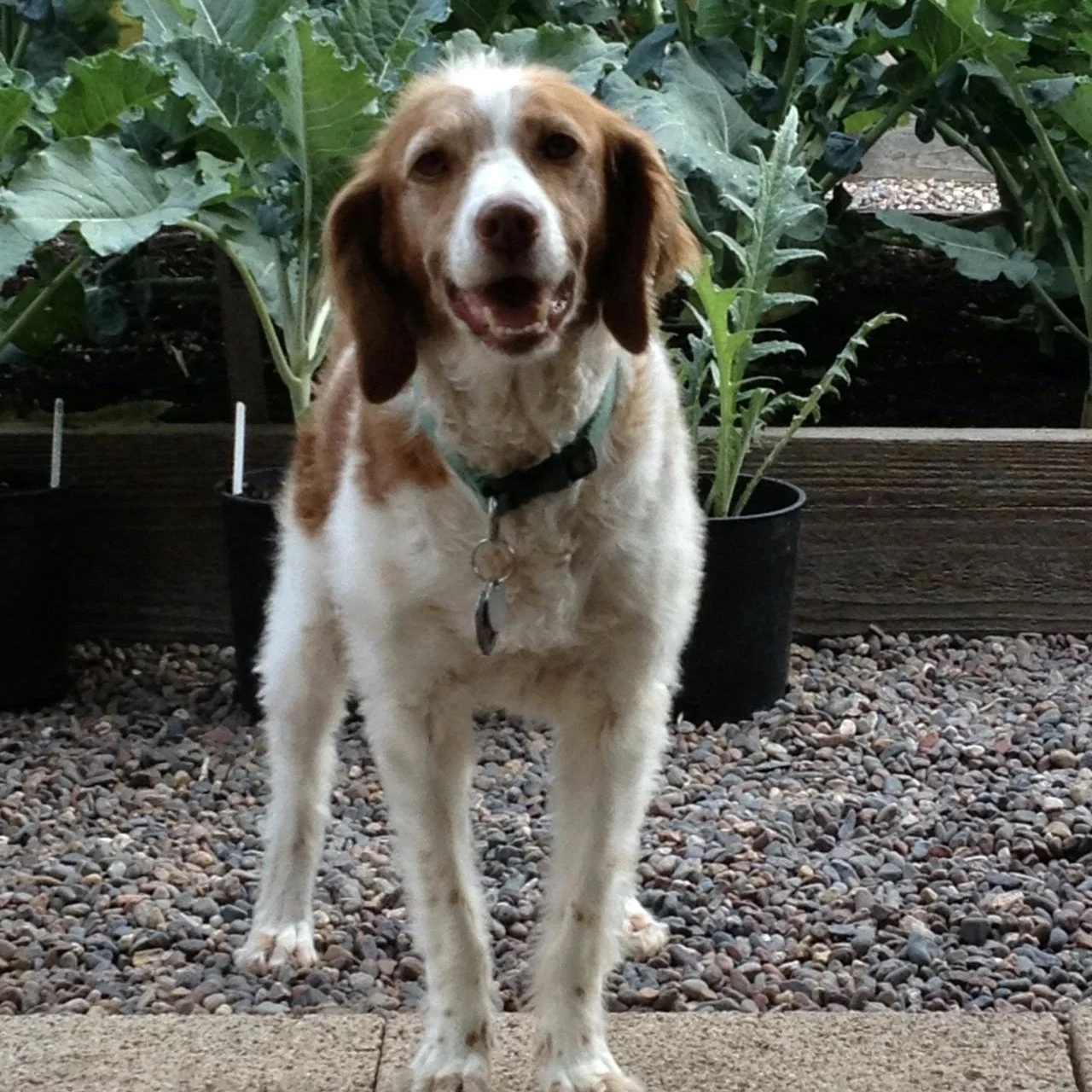Rat Update from UC-IPM
June and July are the months of stone fruit—apricots, nectaplums and peaches—in our garden. That’s why August is a good vacation month for us. Stone fruit grows out of reach sometimes and the fruit occasionally falls. Rats are happy to do the cleanup which is why we keep snap traps deployed during fruit season.
The University of California Statewide Integrated Pest Management (UC IPM) updated the Pest Notes: Rats publication. The revised fact sheet include additional information on rat damage, specific sanitation tactics for both Norway and roof rats, tips for rodent-proofing your home, and new illustrations to clearly show correct placement of traps.
Quick Tips: Rats
Rats are among the most troublesome and damaging rodents in residential areas. Rats damage garden crops and tree fruit and may infest buildings where they can contaminate food and transmit diseases to humans and pets. Manage rats by removing food and shelter, reducing entryways into buildings, and trapping.
Signs of a rat infestation:
Rat droppings in near food preparation areas, storage areas, or around pet food containers
Gnaw marks on fruit or nuts in your yard
Rat nests behind boxes, in garage drawers, or in woodpiles
Burrows beneath garbage cans and compost piles or among garden plants
Rats traveling along utility lines or on fence tops at dusk
Is it a Norway rat or a roof rat?
The stocky Norway rat builds burrows along building foundations, beneath rubbish, or in woodpiles. Indoors they tend to remain in basements or on the ground floor.
Roof rats are great climbers with a tail longer than their head and body. They usually live and nest above ground in shrubs, trees, or dense vegetation. Indoors they favor attic spaces, walls, false ceilings, and cabinets.
Get rid of rats by limiting access and removing food, water, and shelter.
Seal cracks and openings larger than 1/4 inch with steel wool, wire screen, or sheet metal. Rats can chew through plastic, foam, wood, and caulk.
Make sure doors, windows, and screens fit tightly. Install door sweeps or weather stripping to seal any gaps.
Feed pets only the amount of food they will eat at a single feeding or bring food inside at night.
Keep food, garbage, and garden debris in containers with tight-fitting lids.
Thin dense plantings and create at least a 2-foot space between each shrub as well as between shrubs and buildings.
Remove climbing plants from buildings and prune tree limbs that are within 3 feet of a roof.
Remove rats from the home by trapping.
Snap traps are the safest, most effective, and most economical way to trap rats.
For Norway rats, place traps close to walls, behind objects, in dark corners, and in places where you have found rat droppings.
For roof rats, place traps in off-the-ground locations such as ledges, shelves, branches, fences, pipes, or overhead beams.
Ensure traps are out of reach of children and pets.
What about pesticides?
Toxic baits to control rodents are formulated with an attractant (generally food) and a rodenticide (toxin). Tamper-proof, ready-to-use, bait stations are available.
All rodenticides are toxic to nontarget species, pets, and humans. Read and follow the label carefully and always keep them away from children and pets.
Minimize entry points to buildings before baiting outside to prevent poisoned rats from coming inside to die.
Download the PDF here.
For a deep dive into rats—identification and biology, damage and management—read more here.
Lucy, our beloved Brittany, now departed, would occasionally bring us a gift at the back door. She enjoyed the hunt.








